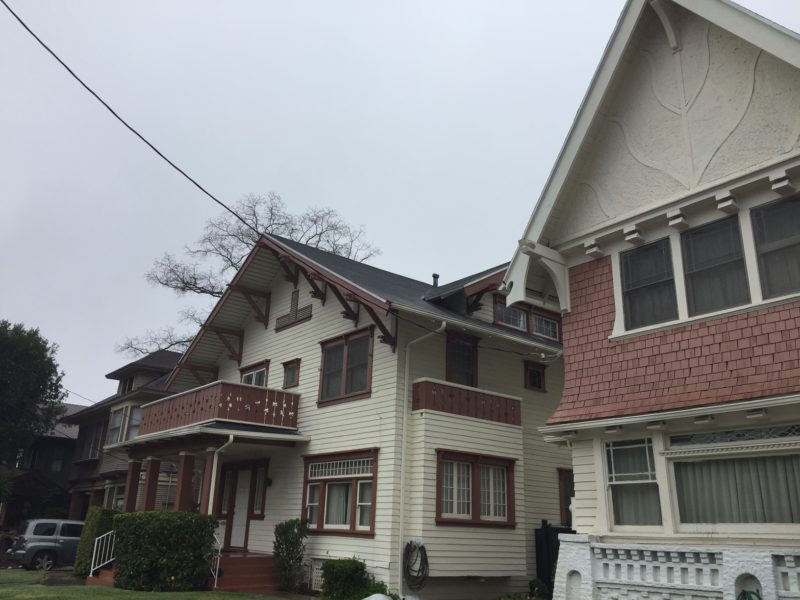Cripple Wall Bracing: What You Need to Know

When you seismically retrofit a property, there are several factors that need to be examined.
One of the first things an inspector will check is the home’s cripple wall. A cripple wall can be found in the crawl space of the property.
How do you know if your home has a crawl space? Usually if the first floor of your house is higher than the street level, there’s a good chance you have a crawl space.
Inside the crawl space – which can be just few inches tall or a few feet tall – there are walls that connect the floor living area of the home to the mudsill, also known as the sill plate. The mudsill is a wooden member that attaches the building to its foundation.
These walls and/or studs that attach the home to its foundation are known as the cripple wall. Essentially, the cripple wall is the part of the foundation that handles the entire weight of the building.
Because of the cripple wall’s load-bearing capacity, this area can become compromised in the event of a large earthquake, causing damage to the foundation and/or total collapse.

Cripple-wall failure is one of the most common types of structural damage in an earthquake. If the cripple wall fails, the living area of the home falls to the street level, causing the property to slide off its foundation.
Most houses in Los Angeles have been built using wood-framed floor systems, which create the crawl space. The crawl space is an area that also typically holds the building’s phone, electric, gas and water lines.
Generally, older homes in Los Angeles with this type of structure have not been built to withstand the side-to-side shaking of an earthquake.
Thanks to new structural engineering you can remedy this issue. Companies specializing in foundation repair, like Julian Construction, will use what is called sheer wall installation to reinforce the home’s cripple wall.
Sheer walls are made from structural plywood, which securely attach to the cripple wall framing of the property. These sheer walls not only provide extra support to the home’s foundation during an earthquake, but are completely invisible from the outside.
Julian Construction Inc. specializes in foundation bolting and the bracing of cripple wall by using structural-grade plywood which provides greater resistance to earthquakes. These steps, along with properly tying the floor system down with approved framing anchors, will make your home safer.





